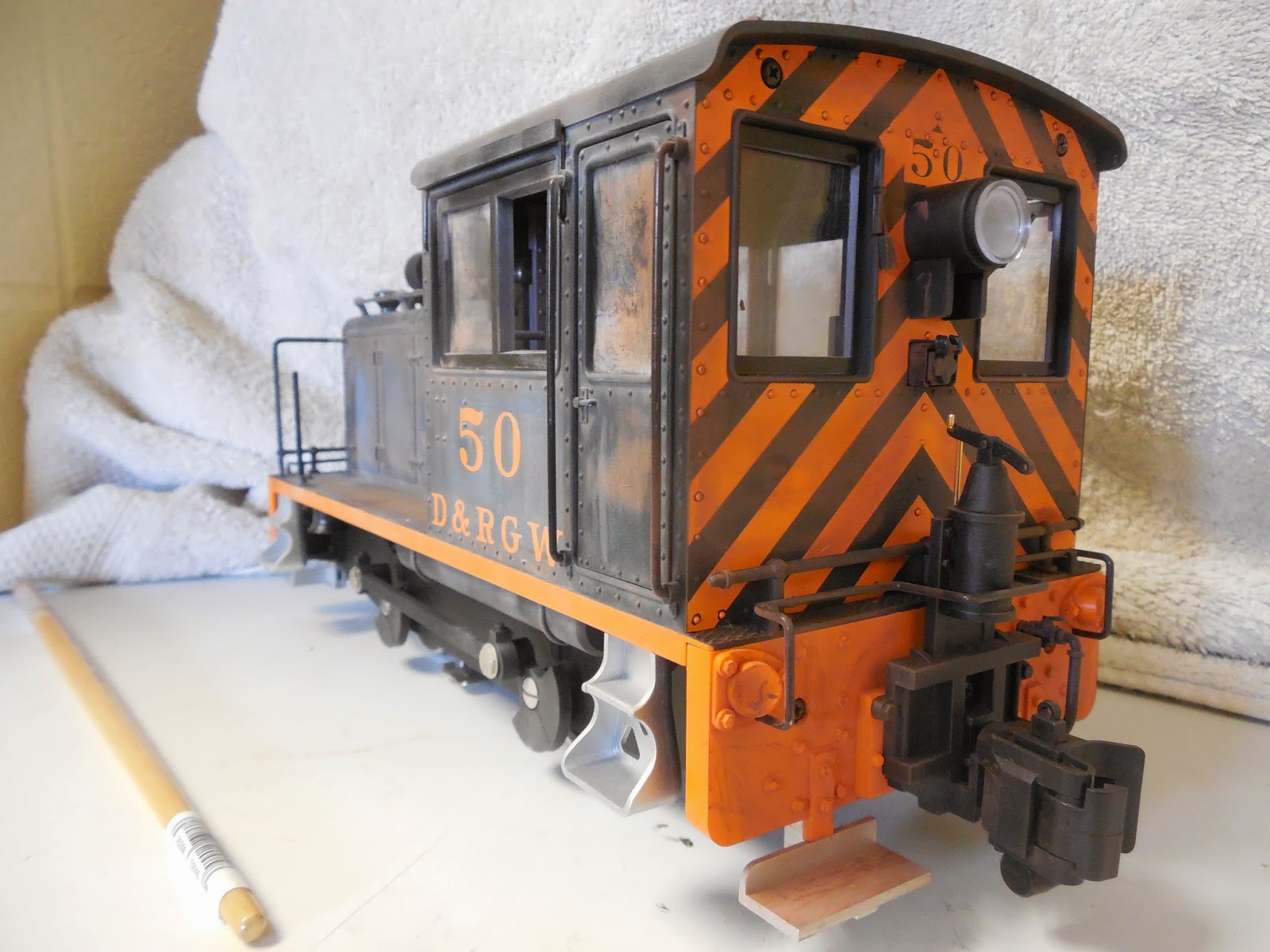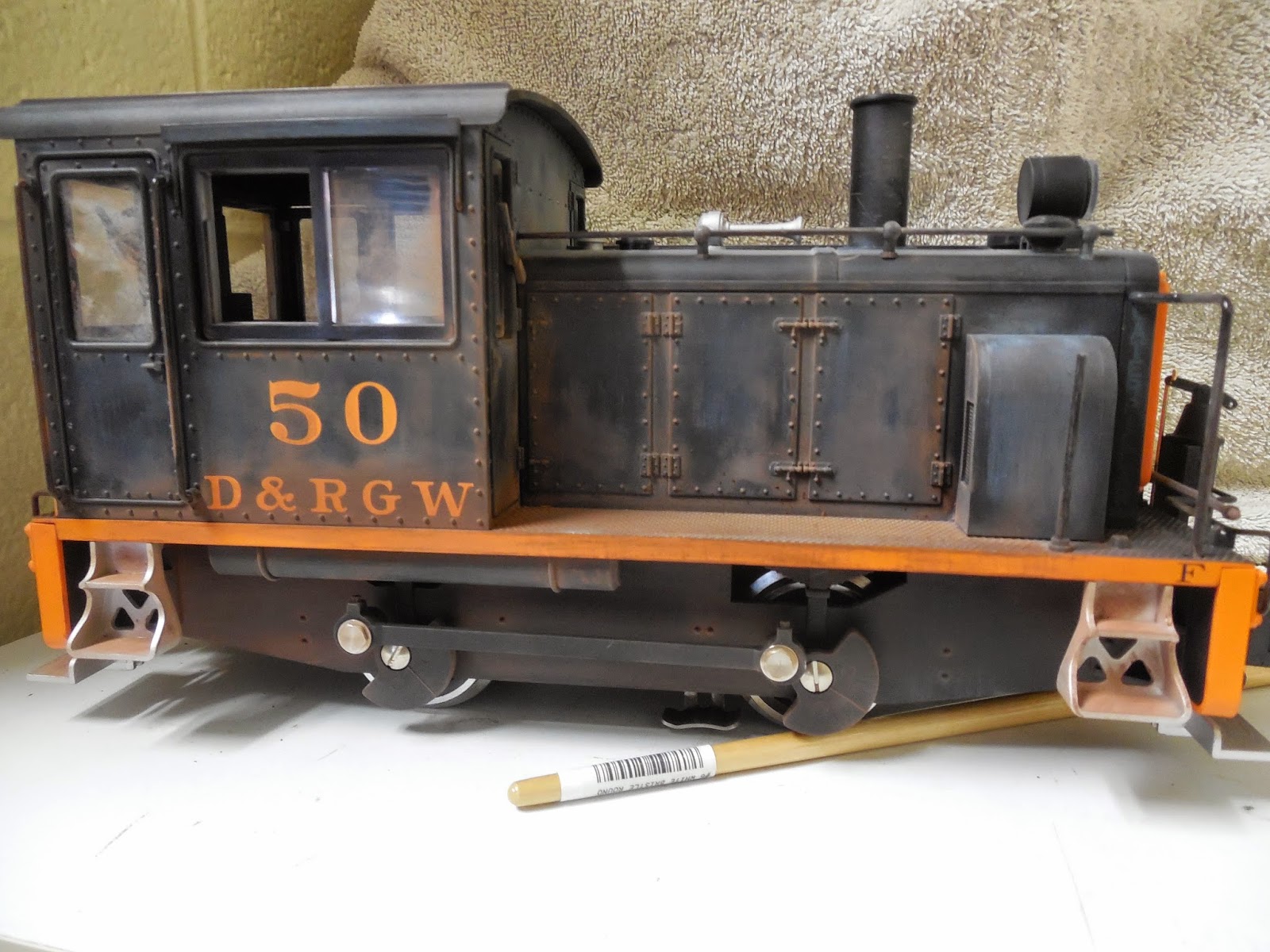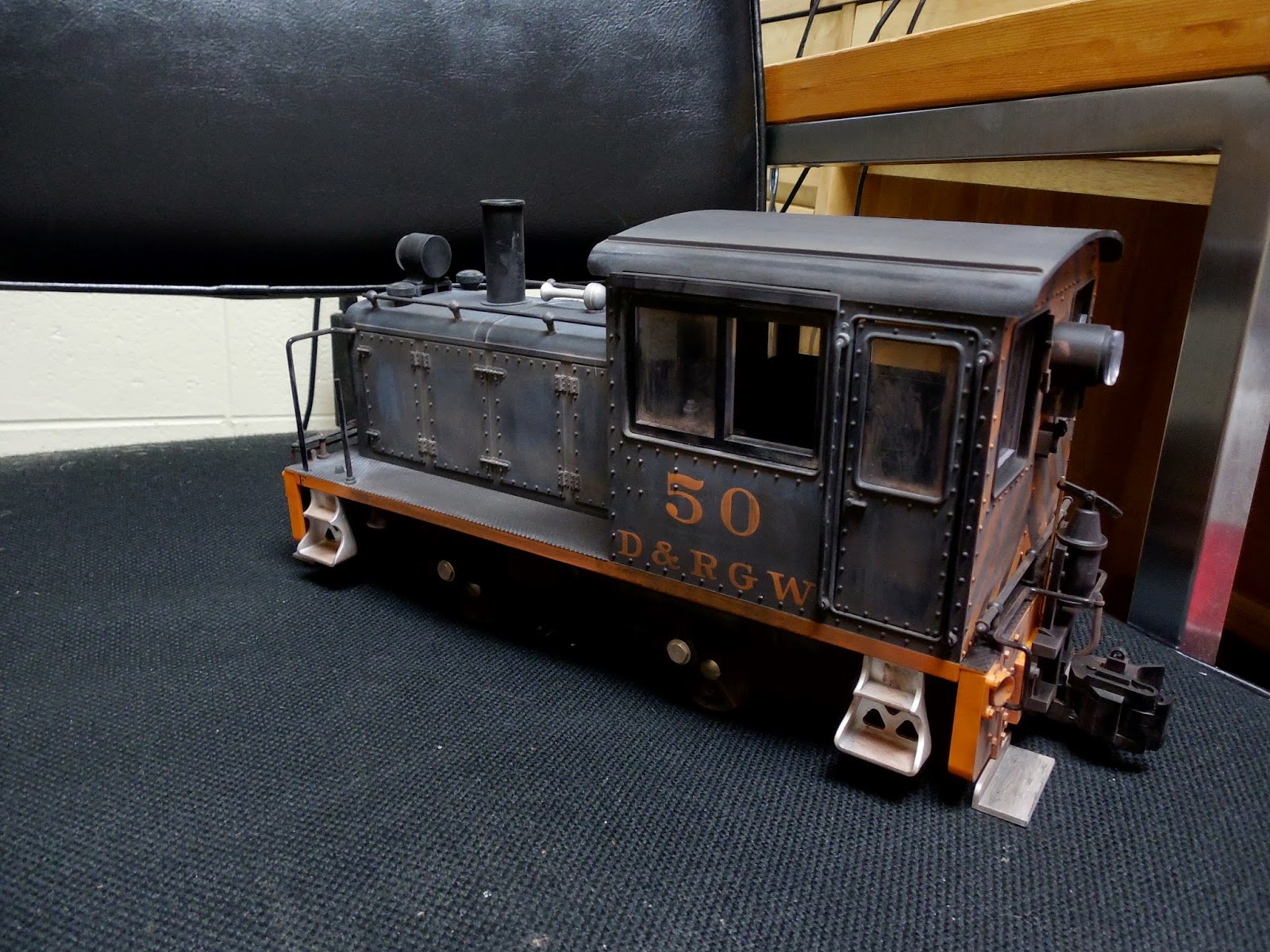The first two days of asking around has gotten me the following subjects to talk about:
- Scratch building: Making something out of simple materials. Suggestions for topics within this subject area include drive mechanisms for model trains, casting parts out of resin, "spin casting" whatever that is, in addition to using styrene, wood, and metal to make railroad equipment.
- Radio Control: Yes, after such a long time, Radio Control is finally to the point in the 21st cetury where it is moderately priced, and very reliable system for controlling trains; thus it will be made into a topic of discussion on this blog.
- Wiring: This is a broad topic, but I'll primarily focus on wiring layouts, engines, and specialty wiring for things like Radio Control and scratch building.
- Scenery: Another very broad topic, but one that's worth a few posts for sure.
- Details and Weathering: Broad topic, but is very specific to each model. I'll tell you right now, weathering and detailing models is very fun and rewarding.
- Kitbuilding: They should be easy, but some people are still a little intimidated by all the parts that come with a model kit. I'll focus on motorized, modified, and non-motorized kits where-ever I can find them.
- Finally, someone hs already marked that they would like help with Planning a model railroad. Rather than the art of track planning, I will also discuss how to make a railroad look better than the standard train set.
Good topics so far, but I'd like to see more votes to see which topics I should focus most on. Don't forget that if you have a topic you'd like to see me discuss, please comment below; your suggestions are appreciated! Thank You!
--James














































